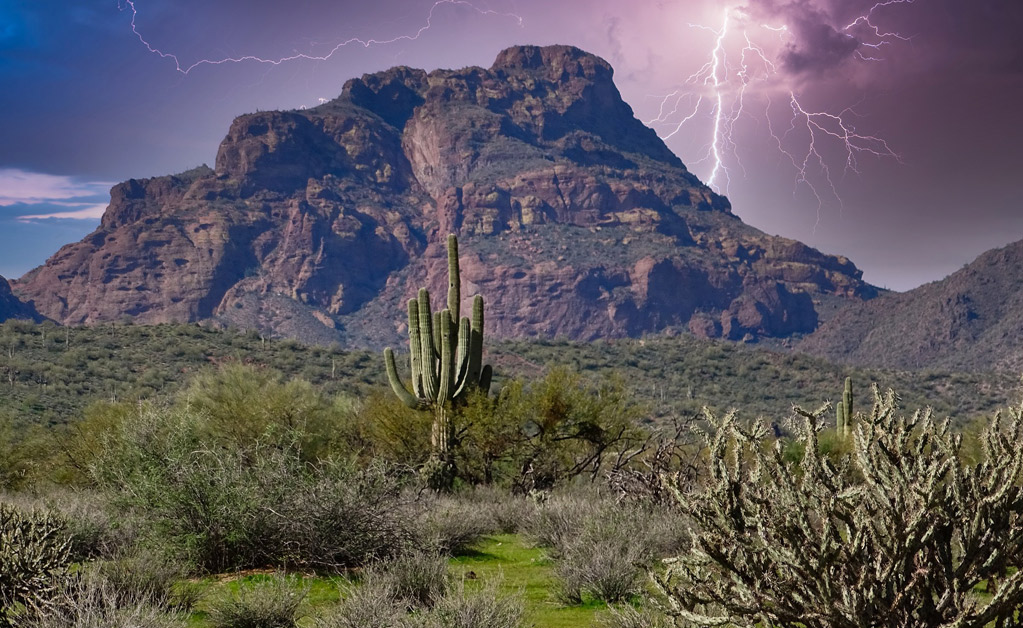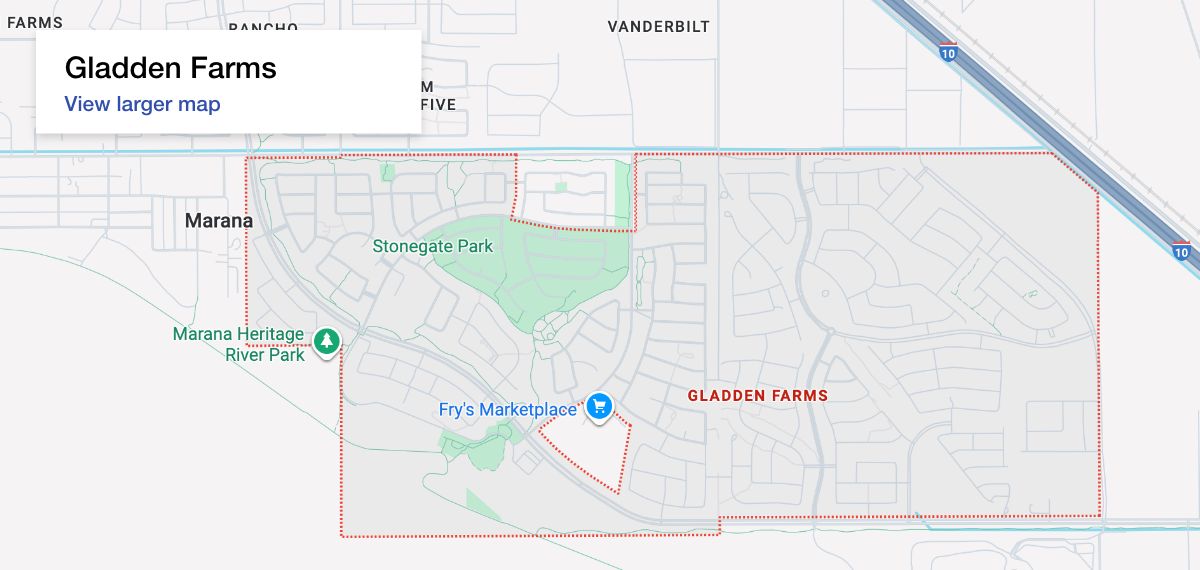Here in Arizona, many of us are simply “mad” about monsoons! They’re dramatic, beautiful and drench our desert landscape with an average of 7.03 inches of cooling rain each season. That’s roughly half our annual rainfall condensed between late June and September. And with all that rain comes wind, thunder, lighting, gorgeous sunsets and the unearthing of remarkable desert creatures.
What causes Arizona’s monsoons?
The Arizona monsoon forms when the sun heats the Pacific Ocean and the surrounding land warms at a faster rate, creating a seasonal shifting of winds that move moisture-filled air into our region. The monsoon season offers a welcome break from hot summer temperatures that replenishes our water resources and nourishes native plants.
Lighting and showers produce summer flowers
Southern Arizona lightning storms are wonderous to behold, and they produce beneficial forms of nitrogen that wash into the ground and fertilize plants. The monsoon rains also deliver airborne plant nutrients including minerals, sulfur and microorganisms to the soil. These showers and nutrients “green up” Southern Arizona’s monsoon-loving plants, turning the desert into a lush landscape for residents of all species to enjoy.
Creatures of the monsoon
Expect to see animal curiosities during the monsoons. It’s when amphibians, reptiles and insects that live in underground lairs emerge to eat, socialize and mate. It’s also when you’re most likely to hear the chirps of Couch’s spadefoot toads and catch a glimpse of slow-moving tortoises, lumbering (and beautifully patterned) Gila monsters and fuzzy tarantulas. These are just some of the critters that depend on monsoon moisture and greener habitats to feed and reproduce.
An excellent time for birding
It’s said that Arizona experiences a “second spring” following monsoon rains. By mid-August, shrubs, trees and wildflowers are blooming again, attracting native and migrating birds. Southern Arizona’s “sky islands,” including Mount Lemmon and the Chiricahua, Huachuca and Santa Rita mountains, are bird-lover destinations where you could see up to 14 species of hummingbirds, grassland sparrows, Elegant Trogons, Mexican Spotted Owls, colorful warblers, and Vermillion and Sulphur-bellied Flycatchers, to name only a few.
Safety tips for monsoon newbies
Though monsoons put on a spectacular show and bring a breath of fresh air, they also produce temporary flash flooding. Stay safe by resisting the urge to drive through flooded roads – six inches of rain can destabilize your car and two feet of rushing water can sweep away large and small vehicles. So respect barricades and don’t drive around them. Most of all, stay informed about torrential downpours and plan your driving routes and outdoor activities accordingly.
About Gladden Farms
Gladden Farms promotes active, joyful living. It’s a great setting to make friends, play and call home. Our new homes — attractively priced starting in the upper $200Ks — are stylish, eco-smart and perfect for young professionals, families of all sizes, empty nesters, and retirees. The community features signature events year-round, 830 acres of lush green space, 28 parks, miles of landscaped paseos connecting to scenic trails, 20 playgrounds, playfields, a splash pad, a dog park, and picnic and BBQ areas.

